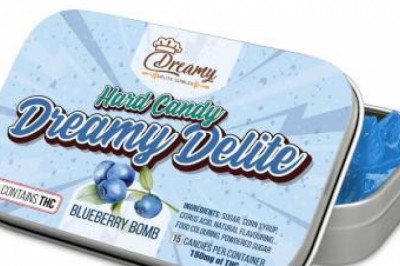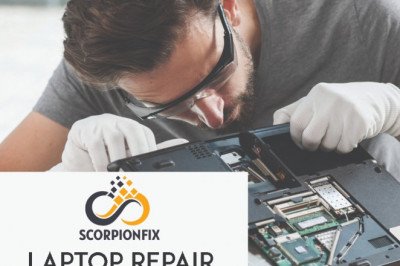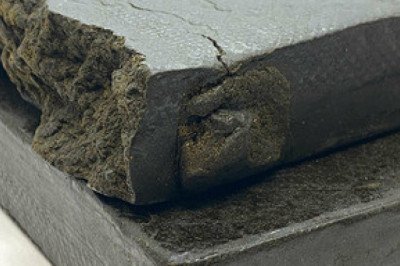views
Today Coricor introduces you to the manufacturing process about carbon fiber UAVs. Today carbon fiber materials are used in a wide range of applications, and in the design and manufacture of UAVs, their structural elasticity and stiffness distribution requirements are often achieved through the adjustment of lay-up angles and material layers. Carbon fiber composites are one of the more used reinforcing materials for UAVs at present. The following three processes are generally involved in the manufacture of UAVs using carbon fiber composites.
Hot press tank forming process of carbon fiber UAV
Hot-pressure tank molding is one of the high-performance manufacturing processes for composite materials. For UAVs with high speed requirements, their composite components and main load-bearing components are mostly manufactured using this process. The internal quality and resin content of the carbon fiber composite parts formed by hot press cans are better and the mechanical properties are better. However, there are certain shortcomings of hot press tank molding technology, which requires high equipment requirements, high initial investment and processing costs, and relatively poor economy. From the cost point of view, the low temperature and low pressure molding technology is often chosen instead in the case of limited budget. In addition, the flow of resin, heat transfer, chemical cross-linking and void formation of carbon fiber composites in the hot press tank molding process will interact and interact with each other, which increases the difficulty in process control, and once the grasp is wrong, processing defects such as poor glue and high porosity will appear. In order to ensure the quality of carbon fiber composite UAV components, the kinetic changes, resin flow and heat transfer phenomena in the hot press tank molding process can be simulated, and the pressure and temperature profiles of the hot press tank process can be well controlled based on the model data.
Vacuum bag forming process of carbon fiber UAV
Compared with the hot press tank process, the vacuum bag molding process is relatively simple, and does not require high investment in the early stage, the operation is moderately difficult. However, the pressure of this molding method is low, and it is only suitable for composite components with low quality standards, mostly for honeycomb sandwich structures and laminate structures not exceeding 1.5mm. Because of the obvious cost advantage, this process is more often used in the manufacture of low-speed UAVs, as vacuum bagging technology can meet most of the requirements for the manufacture of small, low-speed UAVs.
In practice, because the vacuum bag forming needs to use prepreg lay-up, wet lay-up and other processes, and the wet operation is affected by human factors, easily lead to uneven glue application, this situation is particularly obvious in the sandwich structure forming. In addition, the unreasonable direction of painting also easily leads to the bending and changing of fiber direction, which threatens the stability of carbon fiber composite manufacturing parts. In practice, prepreg lay-up can be used, which can effectively avoid the above problems and improve the stability of the fabricated parts.
Model forming pressing process of carbon fiber UAV
The molding process is more suitable for the manufacture of foam sandwich composite parts, which integrates the advantages of hot press tank molding technology and vacuum bag molding process, with high production efficiency and high molding pressure, moderate equipment input and cost, and good economy. In the manufacture of carbon fiber UAV wing panels, the molding process can also ensure the appearance quality and wing shape accuracy of the UAV wing and improve the overall manufacturing quality of the UAV. However, pressurization control is the most critical process of the process. Through structural analysis of the product and long-term experience, the pressure control parameters can be more accurately determined to guarantee the performance level of the structural parts.
The application of carbon fiber composite materials is an important trend in the development of UAV manufacturing and an effective way to meet the requirements of UAV range, navigation time, navigation altitude, manufacturing cost and stealth. The structural design and manufacturing process optimization of carbon fiber composite UAVs are the key to the current application of carbon fiber UAVs, the former requires the efforts of UAV designers, and the latter requires continuous experimentation and innovation in the development and application of carbon fiber composites. The increasing proportion of carbon fiber application in UAVs will effectively improve the manufacturing level of UAVs in China.
CORECO is a professional manufacturer and exporter of carbon fiber rollers. Our products are widely used in nonwoven, converting, printing and textile industries. We are always at the forefront of developing the latest technology to provide customized solutions to our customers.











